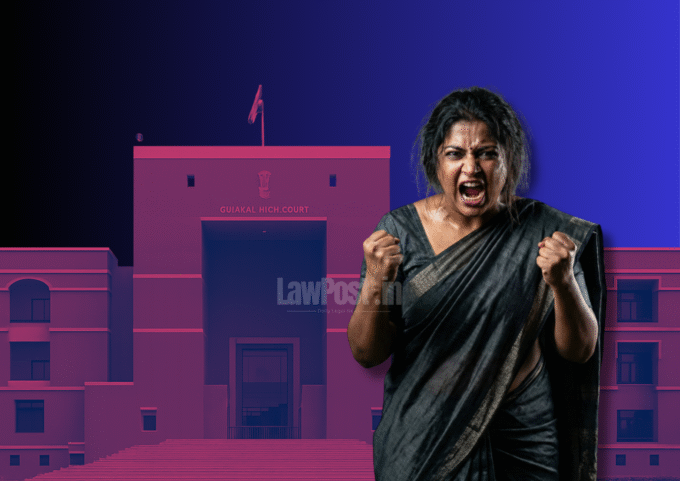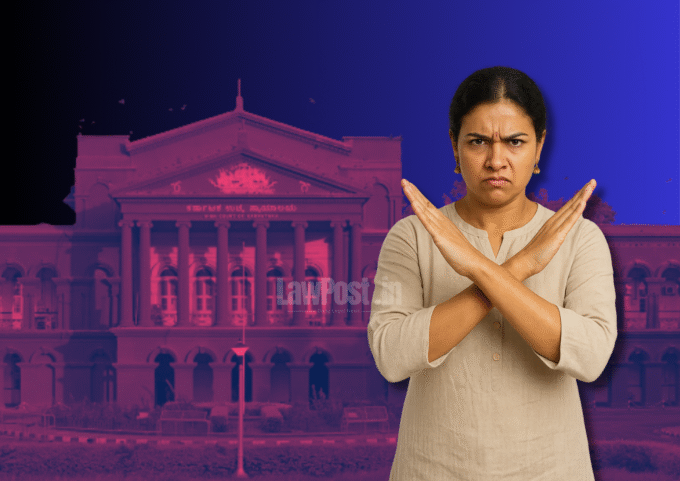In a significant judgment, the Kerala High Court has ruled that intermediaries like YouTube cannot be forced to remove allegedly defamatory content without a court order or a directive from the government, in alignment with Section 79 of the Information Technology Act, 2000.
The ruling came in response to a petition filed by Aneesh K Thankachan, who sought the removal of a video allegedly targeting the Marthoma Church and its Bishop, uploaded by the YouTube channel i2i News. The petitioner claimed the content was defamatory, scandalous, and aimed at disturbing public peace.
No Action Without Judicial or Government Directive
Justice TR Ravi, while dismissing the petition, referred to the landmark Supreme Court ruling in Shreya Singhal v. Union of India. He emphasized that intermediaries are exempt from liability under Section 79 unless they fail to act on valid directives. The Court stated:
“The direction sought against respondents 6 and 7 (YouTube) cannot be granted for removal of the alleged objectionable video, so long as there are no orders of the Court finding that the material in question is defamatory.”
The Court further clarified that under Section 69A of the IT Act, content blocking is permissible only in cases involving national sovereignty, security, or public order violations.
“Apart from alleging that the material is defamatory, there is no specific allegation that it amounts to incitement to the commission of any cognizable offence relating to the earlier mentioned aspects like sovereignty and integrity of India, etc,” the judgment stated.
Petitioner’s Grievances
Aneesh had filed complaints with YouTube’s Resident Grievance Officer and the Group Coordinator for Cyber Law, alleging that the platform violated its statutory duties under the IT Act and failed to adhere to its community guidelines. Dissatisfied with the lack of action, he sought judicial intervention for the removal of the video and similar content hosted by the channel.
YouTube’s Defense
YouTube’s counsel argued that the platform operates as an intermediary under the IT Act and is not obligated to judge the legality of content unless directed by a competent authority.
“It would be very difficult for intermediaries like Google, Facebook, etc., to act when millions of requests are made and the intermediary is then to judge as to which of such requests are legitimate and which are not,” the Court observed, echoing the rationale from Shreya Singhal.
Court’s Decision
Highlighting the lack of evidence to prove the video violated reasonable restrictions on free speech under Article 19(2) of the Constitution, and noting the absence of a judicial or governmental directive, the Court dismissed the petition.








